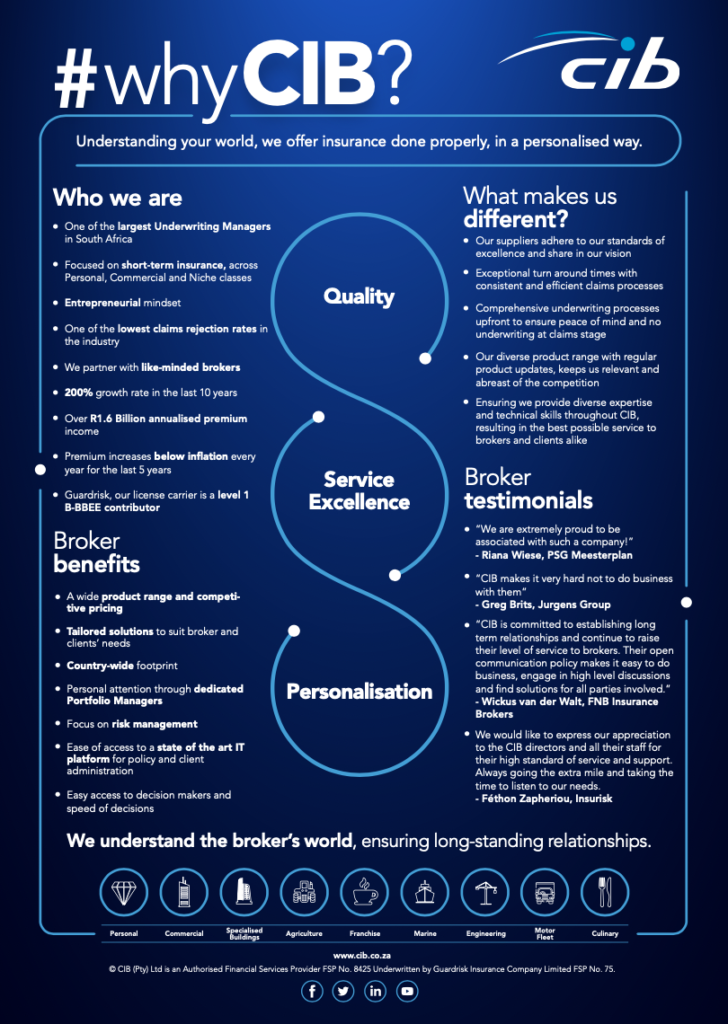Volker Von Widdern, Principal – Strategic Risk at Riskonet Africa
A recent article by Larisse Prinsen published in The Conversation provided a wide-ranging perspective on the causes behind increasing cases of medical malpractice.

According to Prinsen, medical malpractice claims have been on the rise since 2014 – in the last financial year alone, more than R6.5 billion (over US$390 million) was raised in medico-legal claims. This article got me thinking about the ways in which risk management in South Africa’s corporates could benefit from lessons in the crisis from the medical malpractice sector.
We know that insurance premiums/membership fees in SA for Obstetricians (incl Gynae) increased from about R100 000 per annum in 2010 to R1,2 million in 2020. This information is based on the Losses Occurring Product supplied by the Medical Protection Society – an unregistered UK insurance mutual. Fees for most other types of specialist medical practitioners also increased by multiples of 3 to 5 times over this 10-year period.
When premiums became unaffordable – to the extent of driving specialists out of business– urgent solutions were sought to address this critical need. The situation can be compared to a corporation that struggles to obtain reasonable insurance cover once underwriters either refuse extensions on outstanding risk improvement requirements or retract capacity following substantial claims.
This information begs the question: Why do we not prepare better for emerging risks? Are we too optimistic about our “maak ‘n plan” capabilities?
Why do we think that unexpected losses are “Black Swans” when in reality many “Black Swan” events provide strong indications of their pending occurrence prior to the event?
One of the key errors we’re making here is mistaking risk for consequence.
Let me explain further. Fire is not a risk but a consequence. It is the consequence of an uncontrolled heat source in an area of fuel to propagate a fire. If we’re relating this to medical malpractice, doctors experienced the “risk” of unaffordable premiums, which was actually a consequence of significant risk drivers in the medical malpractice sector that had been in place for 10-20 years. These include:
- Adversarial, litigious, high-cost ways of resolving allegations of medical malpractice
- These costs were funded by insurers with deep pockets, defending the actions of litigants with high fee expectations
- The contingency legal fee model introduced in SA
- Inadequate data in the SA context, undermining the analysis of the underlying causes of adverse medical events, the appropriate costs of remedies and tracking outcomes to mitigate future risks
- Poorly argued and defended medical malpractice cases, particularly in the state health sector, creating many precedents with high settlements
- Fraudulent claims facilitated by both medical staff and litigants
These risk drivers are similar to many other sectors in the non-life insurance industry. The good news is that applying thorough analysis and risk mitigation to these identified risk drivers had immediate and material benefits, nearly halving premiums.
The medical malpractice situation also illustrates two other important risk concepts – risk velocity and herd thinking.
If premiums double off a base of R100 000 for 8 years, the result is R12,8M. The first few years of increases are bearable but soon become a crisis. The forecast cost factors that drive premiums are shared across the market and are accelerated so that the underwriters can be confident that today’s premium will be sufficient for tomorrow’s claims (also called inflationary effects).
Finally, the current state of the medical malpractice industry brings another analogy to add to the list – that of the boiled frog. Had doctors and corporates in today’s market been told that premiums would be 200% higher in 2 years, an immediate alternative would have been required. It was only when premiums were 500% higher and the metaphorical water was boiling, that our frogs (doctors) responded to the cumulative effects, at which stage some of their practices were not viable.
Ultimately good risk management comes down to the same formula, no matter which industry we’re operating in. Risk analysis and management should include a thorough scenario analysis of the risk drivers applicable to the key exposures – whether these come from perils, supply chains, inflation, weather and the like.
Now is the time to get ahead of your risk registers and make a meaningful difference to your risk exposures in future.


